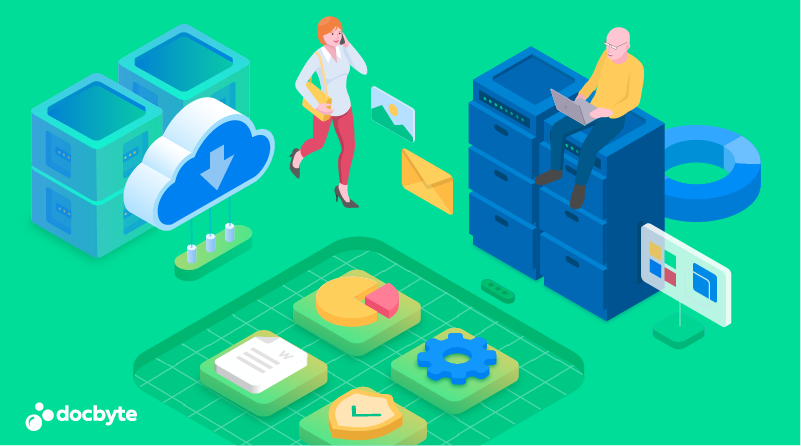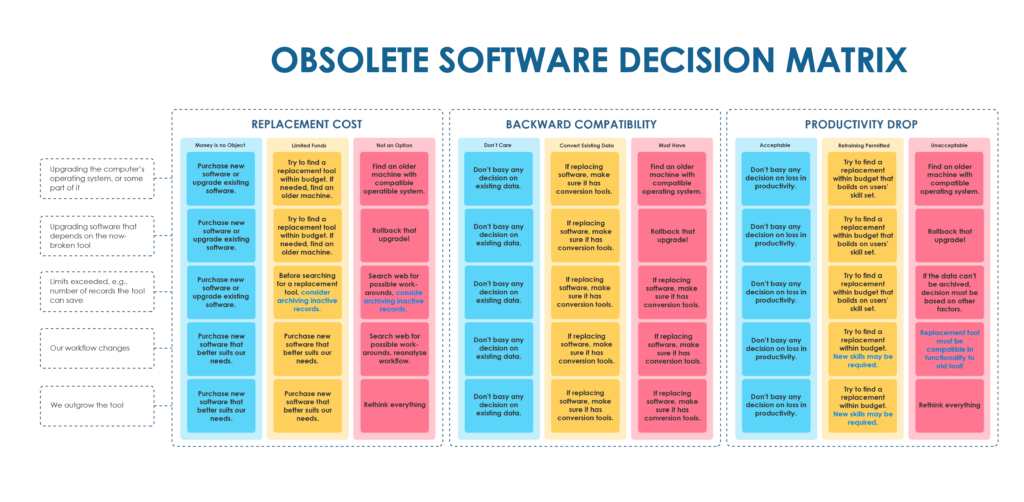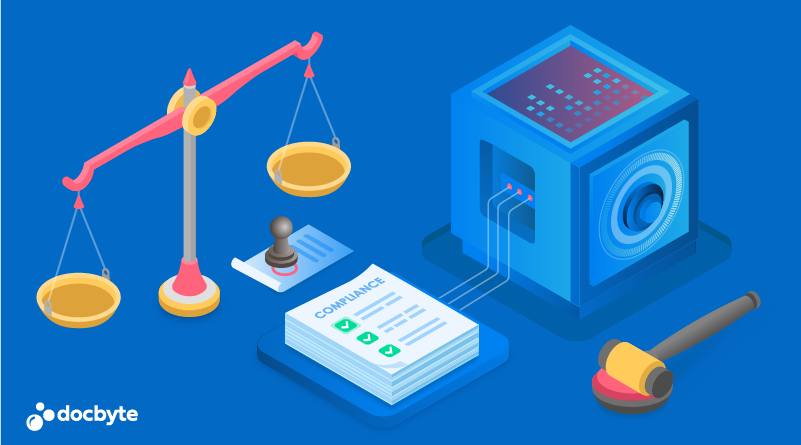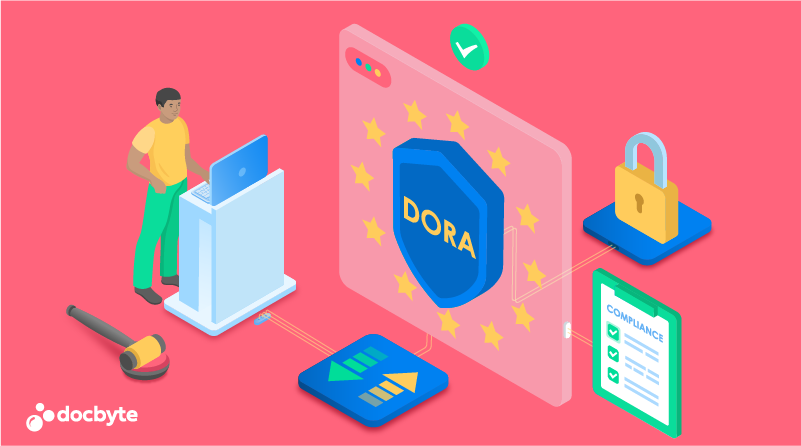Applications play a crucial role in running businesses. However, as technology evolves, so does software, and outdated applications can create a mess. Poorly maintained applications can put your business at risk, lead to downtime, and prevent up-and-coming technologies from being implemented.
Application retirement or decommissioning is a solution that can help streamline processes, improve performance, and cut costs.
What is application retirement?
Application retirement, or decommissioning or sunsetting, is a decisive process designed to cease using specific applications without compromising access to vital data stored in their databases.
This practice systematically dismantles redundant or outdated business applications while retaining uninterrupted access to their historical data. Legacy applications, often maintained solely for sporadic access to data for legal or business purposes, can be phased out using this process.
Application retirement is the proactive shutdown of obsolete applications, colloquially called ‘dinosaur’ applications. The data housed within these applications is migrated to standardized archives, ensuring perpetual accessibility for legal, compliance, or future business needs.
This strategic approach guarantees a seamless transition away from outdated technology while preserving the integrity and accessibility of valuable organisational data.
Whitepaper - Application Retirement
Application retirement checklist
There comes a time when retiring an application becomes a strategic move. Properly managing this process is crucial for maintaining data integrity, complying with regulations, and ensuring a smooth transition. To assist in this endeavour, here’s a comprehensive checklist outlining the essential steps for retiring an application:
Step 1: Analyze and Extract Data
To begin, thoroughly examine the data within the application. Translate the needs of the business into database extractions to ensure no valuable information is overlooked.
Step 2: Transform to Business Objects
This step involves converting business records or raw data into meaningful and structured representations called business objects. When retiring an application, reorganise and format the data to align with current and future business needs.
Step 3: Store Coherently
After extracting the data, store it coherently to maintain its integrity. Include the necessary metadata for validity, making retrieving and referencing the information easy.
Step 4: Maintain for Business Lifetime
Establish retention properties for the stored data per business requirements and regulatory guidelines. Implement a strong management strategy to oversee the content until its scheduled deletion.
Step 5: Consult Information
Ensure that business objects are accessible for consultation by relevant stakeholders. Set up access controls and user permissions to guarantee secure and authorised information retrieval.
How to go about legacy application retirement
Efficiently retiring legacy applications demands a well-defined approach and the utilisation of solutions that provide rigorous project management. The strategy chosen should align with the scale, impact on productivity, and reasons for retirement, whether influenced by software issues or outgrowing the application.
Given its inherent complexity and time-intensive nature, it is imperative to navigate this process precisely.
Application retirement strategies
1. Priority-Based Application Removal:
- Begin with applications yielding the most significant cost savings.
- Optimize value by focusing on apps tied to expiring hardware maintenance contracts for immediate cost reductions.
- Initiate with legacy applications where functionality and reporting requirements are well understood, building a case for broader assessments.
2. Complete App Removal or Selective Data Retention:
- Archive all data while maintaining online access through preferred reporting tools.
- Swiftly implement the most straightforward process for immediate savings.
- Optionally, selectively retain data based on understanding the application’s data model and retention requirements.
3. Removal of Applications with Limited Value:
- Strategically retire apps of marginal commercial value to cut costs.
- Preserve data relationships, even post-retirement, to safeguard future access if needed.
Ideal Characteristics of an Application Retirement Solution
Your solution should prioritise a systematic approach emphasising cost-effectiveness, data retention, and vendor expertise. Look for a solution with sophisticated capabilities in data modelling, extraction, retrieval, validation, and retention. One feature that can be highly beneficial is modelling legacy application data.
If the chosen solution provides application-independent access and reporting while safeguarding data immutability and controlling privileged user access, you will experience the cost-efficiency of application retirement.
Eventually, you’ll need to enter the retention period and deletion policies, but more importantly, the solution should align with regulatory and organisational requirements. Additionally, robust audit options to monitor all accesses and actions against withdrawn data contribute to a secure retirement process.
Conclusion
Application retirement may sound like an extreme measure, but in many cases, it is essential to maintain productivity and stay safeguarded against security breaches. Without retiring outdated applications, they will drain resources and hinder your organisation’s progress.
Successful application retirement requires proper planning, which includes identifying critical applications, evaluating the impact of retirement on the organisation, auditing resources, and retaining the necessary data.
This will help establish a retirement system that maintains your organisation’s software solutions’ security, accuracy, and efficiency. By embracing application retirement, organisations can stay ahead of technology trends, streamline their processes, and reduce costs.









